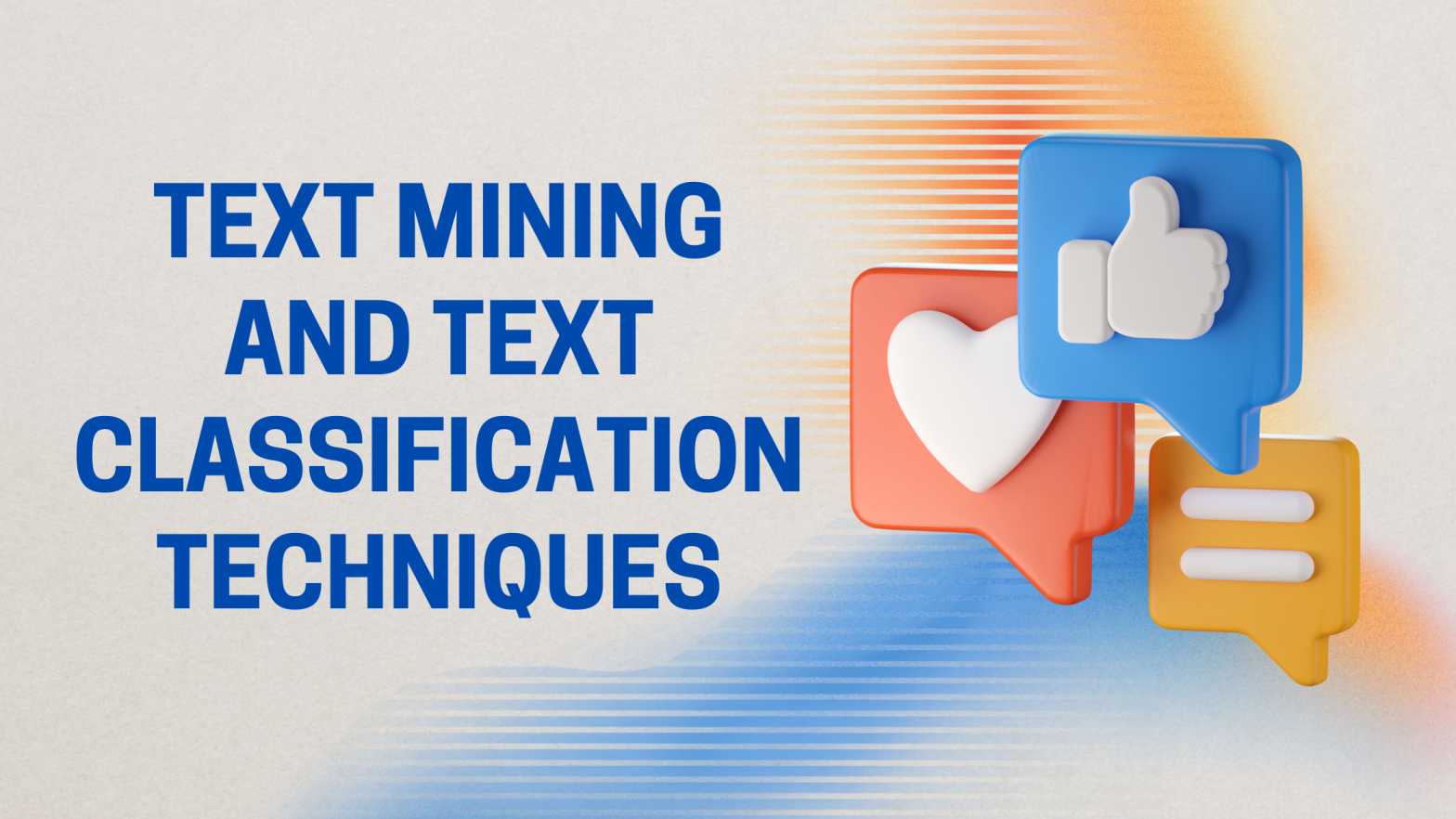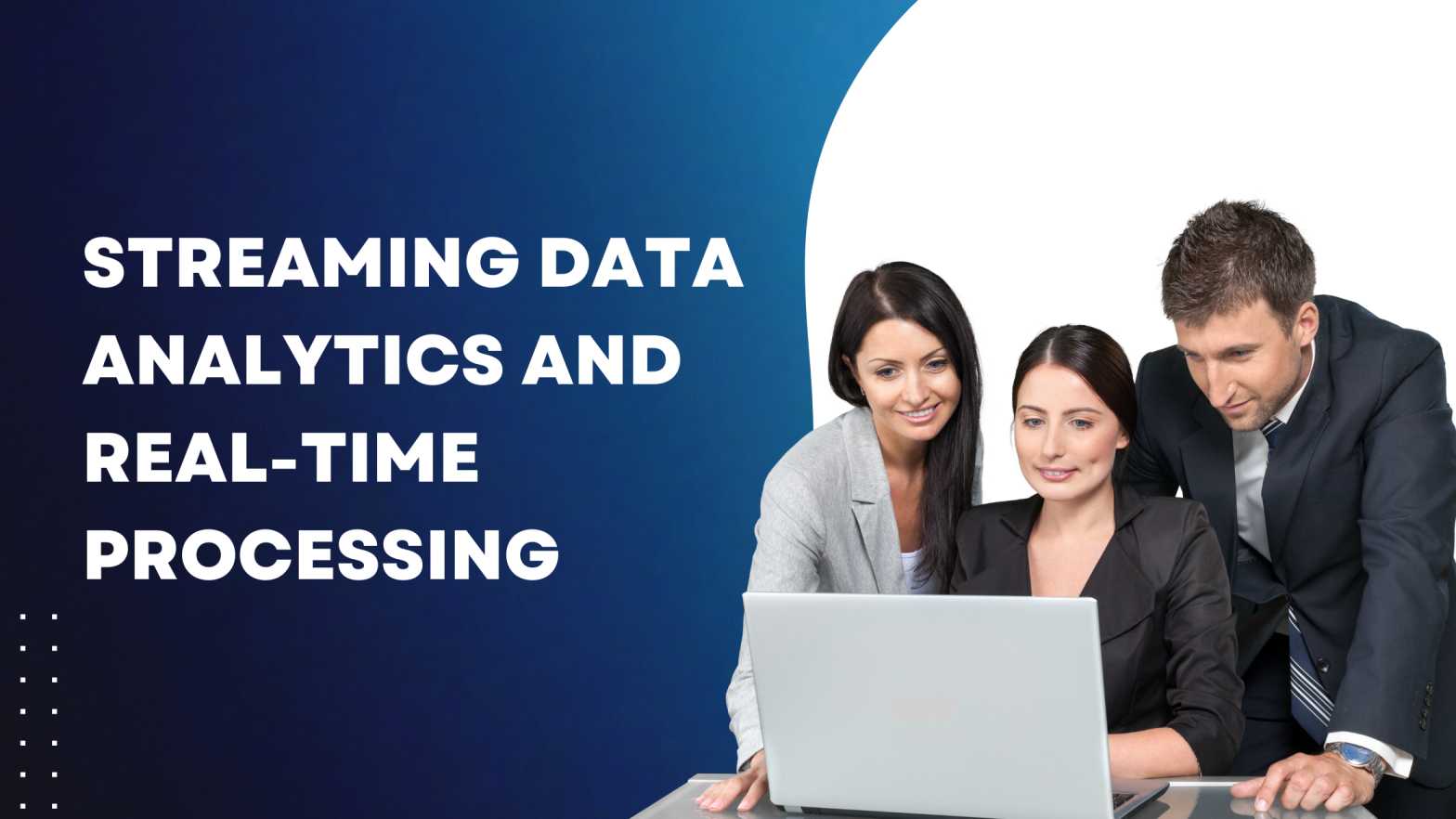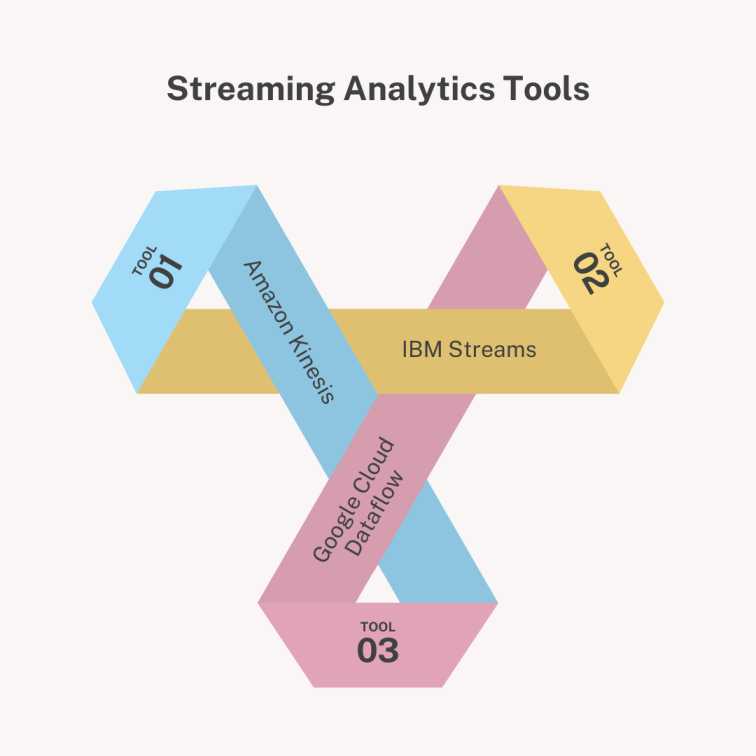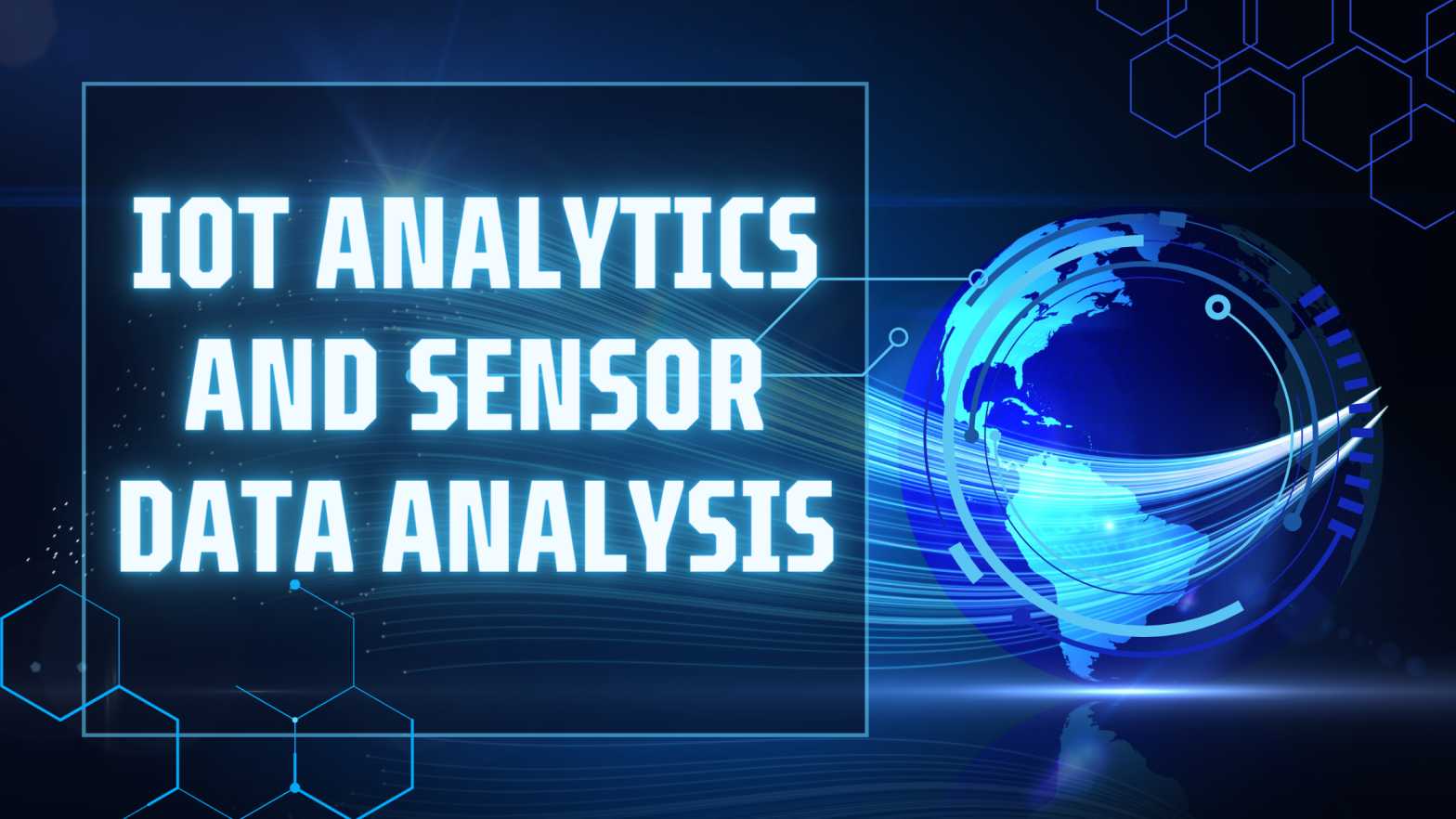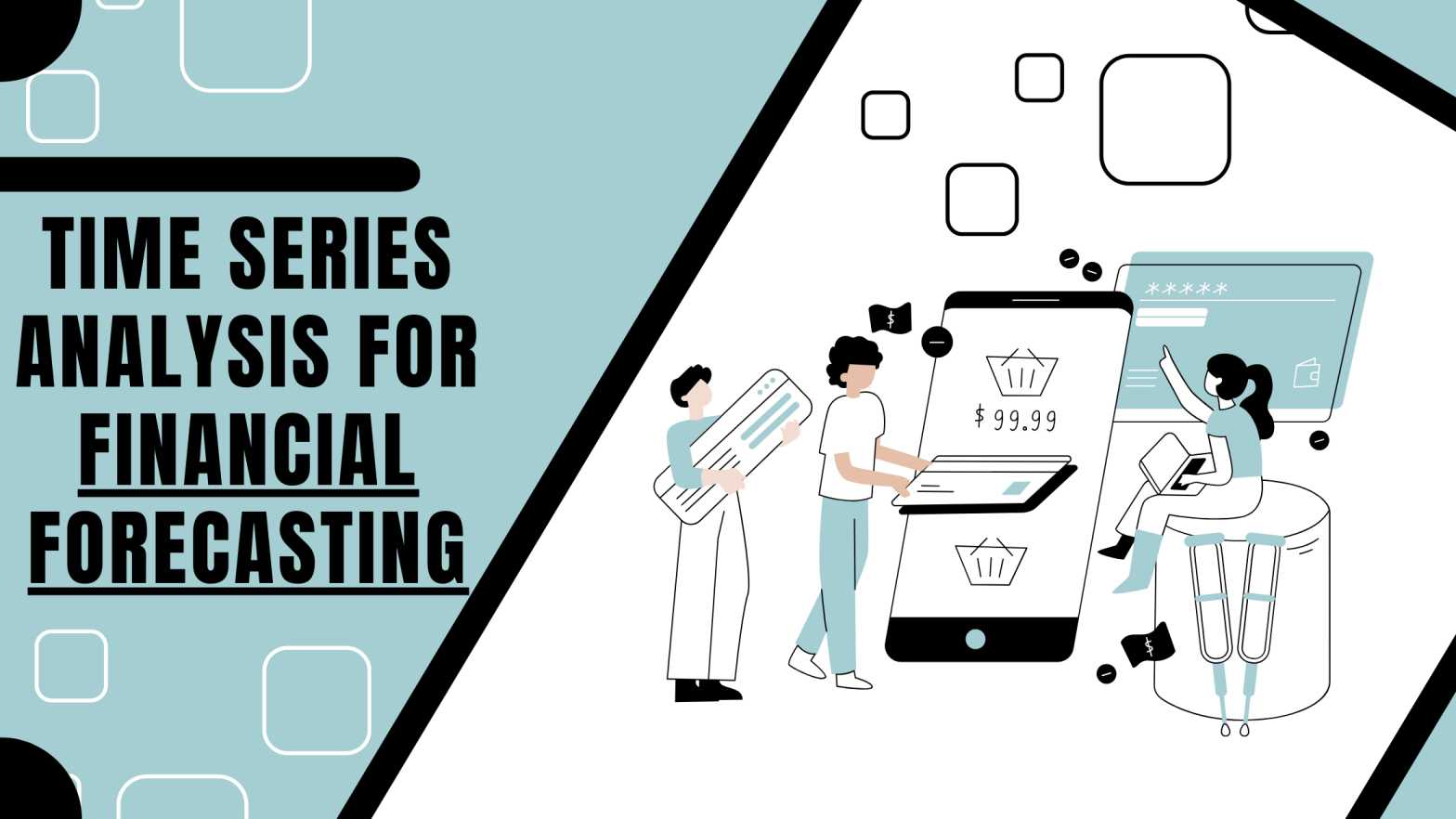Welcome to the dynamic world of leadership, where a symphony of success is produced when passion, purpose, and people come together.
Leadership is about constructing a tapestry of trust, empathy, and understanding, not about donning an authority tiara. It’s an art that calls for skill, style, and bravery. Fear not, though, for we possess the treasure map that marks the way to the pinnacle of leadership ability.
Whether you’re a seasoned manager or just starting your leadership journey, honing these essential skills will make you a more effective people leader.
This blog examines the five fundamental abilities that provide the groundwork for exceptional people leadership. These abilities are the very essence of what makes a leader tick. As your compass, we’ll help you navigate the areas of effective communication, emotional intelligence, flexibility, conflict resolution, and trust-building.
Therefore, these abilities will help you succeed whether you are an experienced team captain or an aspiring helmsman. Prepare to discover the mysteries enabling you to lead with charm and elegance.
Motivating Teams: The Importance of Leadership
The top leadership skills in 2023 will allow leaders to navigate our increasingly complex and uncertain world. In the dynamic world of American academic circles, leadership is defined as an alluring dance of social influence in which an individual skillfully enlists the support and cooperation of others to accomplish a common and morally admirable goal. Leadership ultimately manifests as an engaging power play in which one’s skill as a “leader” inspires change and advancement in the minds of the “followers.”
Leadership traits for motivating teams
There are a variety of leadership qualities that may inspire teams. The Importance of Emotional Intelligence in Leadership is the capacity to understand and manage one’s emotions, as well as the emotions of others. It is a crucial ability for leaders because it enables them to create strong bonds with their team, inspire and encourage them, and make wise choices under duress.
Among the most significant are:
- Vision: A competent leader can communicate their team’s vision to others. This provides a feeling of direction and purpose for the team members.
- Communication: Effective team motivation requires effective communication. In addition to listening to and addressing team members’ needs, leaders must be able to convey their vision effectively.
- Empathy: Leaders with empathy are aware of the wants and worries of the people on their team. They can establish rapport and trust, which are crucial for motivation.
- Trustworthiness: Team members must have faith in their captains. This calls on leaders to treat team members with integrity, fairness, and consistency.
- Encouragement: Team leaders should encourage their teammates to attempt new things and take calculated risks. This demonstrates that leaders have confidence in their team members’ skills and promotes a supportive workplace atmosphere.
Leaders should recognize team accomplishments of all sizes. This demonstrates that team leaders value the effort put out by their members and encourage them to keep working hard.
What are the 5 Essential Skills for Effective People Leadership?
Effective Leadership Skills for Managing People:
-
Effective Communication
Communication is the backbone of an effective relationship, and in leadership, it plays a crucial role. As a people leader, you must convey your ideas noticeably and concisely. Being an active listener is equally important. Understand the thoughts, concerns, and feedback from your team members genuinely. You can establish a healthy and effective work atmosphere where everyone feels heard and respected by encouraging open and honest communication.
-
Empathy and Emotional Intelligence
Empathy is understanding another person’s feelings and viewpoints by placing oneself in their situation. It goes hand in hand with emotional intelligence, which involves recognizing, understanding, and managing emotions in yourself and others. Effective people leaders leverage empathy and emotional intelligence to connect with their team members on a deeper level, building trust and rapport. By acknowledging and addressing their emotional needs, you create a cohesive and motivated team that can overcome challenges together.
-
Adaptability and Flexibility
In today’s fast-paced world, change is constant, and as a people leader, you must be adaptable and flexible. Embrace new ideas, technologies, and methodologies that can enhance productivity and efficiency within your team. By demonstrating a willingness to adapt, you set an example for your team members, encouraging them to embrace change positively. This adaptability enables your team to navigate uncertainties and keeps them motivated even during challenging times.
-
Conflict Resolution
Conflict is an inevitable part of any group dynamic. As a people leader, your role is to mediate and resolve conflicts constructively. Instead of avoiding conflicts, address them promptly and fairly. Listen to all sides, and encourage open dialogue to find common ground. By effectively managing conflicts, you foster a harmonious and cooperative work environment, which leads to increased creativity and better problem-solving within the team.
-
Delegation and Trust-building
Successful leaders understand the importance of delegating tasks to the right individuals and trusting them to do the job. Micromanaging can demotivate team members and hinder their growth. By assigning responsibilities based on individual strengths and skills, you empower your team and show them that you have faith in their abilities. Trust-building is a continuous process that involves supporting your team, providing constructive feedback, and recognizing their achievements.
The Final Words
To become influential leaders, individuals must embrace an unending journey of self-improvement and wholehearted commitment to comprehending and uplifting their team members. You can also create a positive and motivating work environment where everyone thrives by developing strong communication skills, empathy, adaptability, conflict-resolution abilities, and trust-building.
Introducing the transformative program by Imarticus Learning – a power-packed journey to equip participants with the knowledge and prowess to master the art of human resource management in the ever-evolving business landscape. Prepare for an engaging encounter that explores a wide range of cutting-edge subjects.
This People Leadership Program covers everything, from deciphering the complexities of job analysis and design to developing proven methods for attracting and keeping people.
Discover the alchemy of encouraging staff growth via training and development, embrace the techniques of performance management and evaluation, and explore the mystics of creating alluring compensation and benefits packages.
Remember, leadership is not about being in charge; it’s about caring for those in your charge and inspiring them to achieve greatness together. So, step up and start developing these essential leadership skills today!


